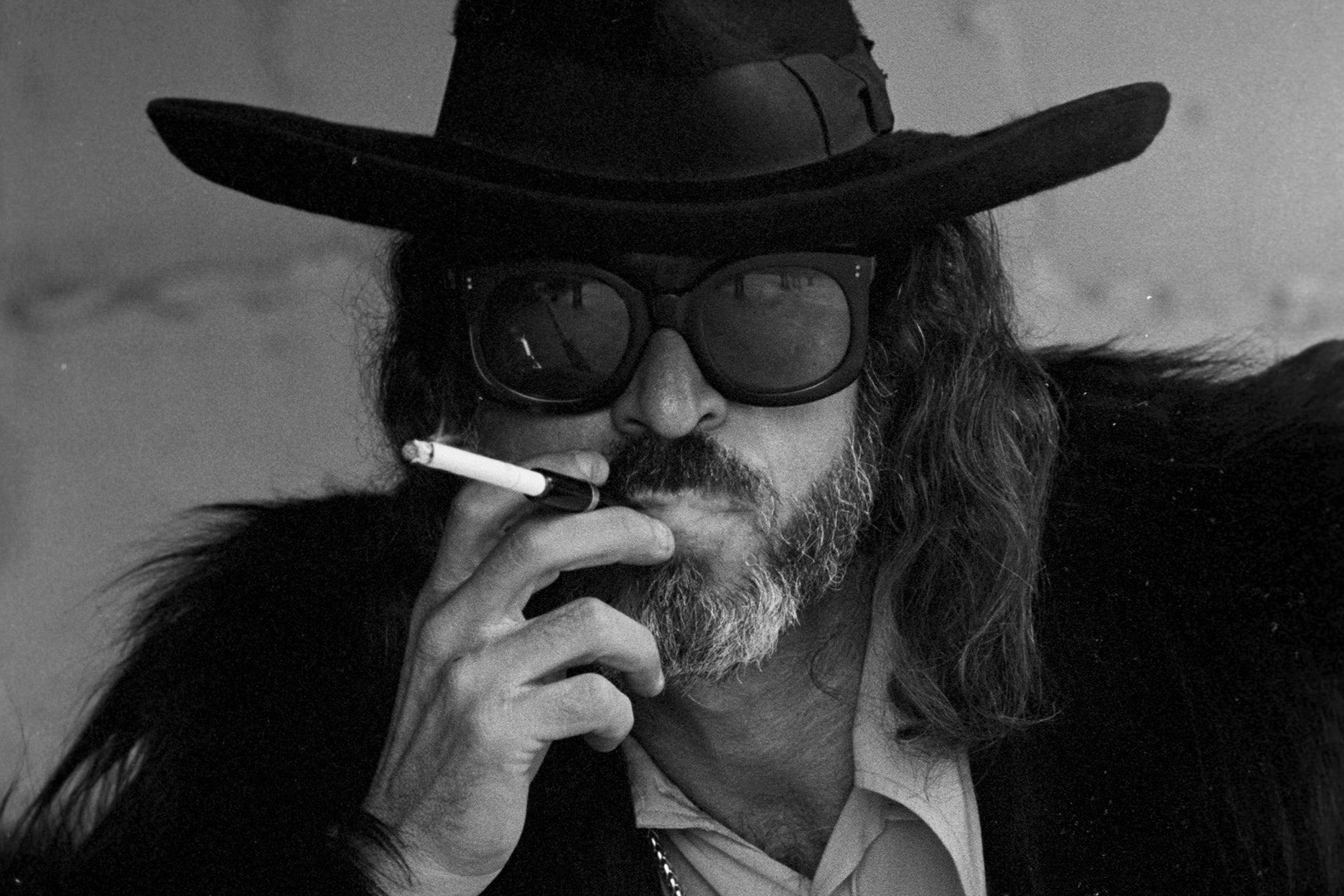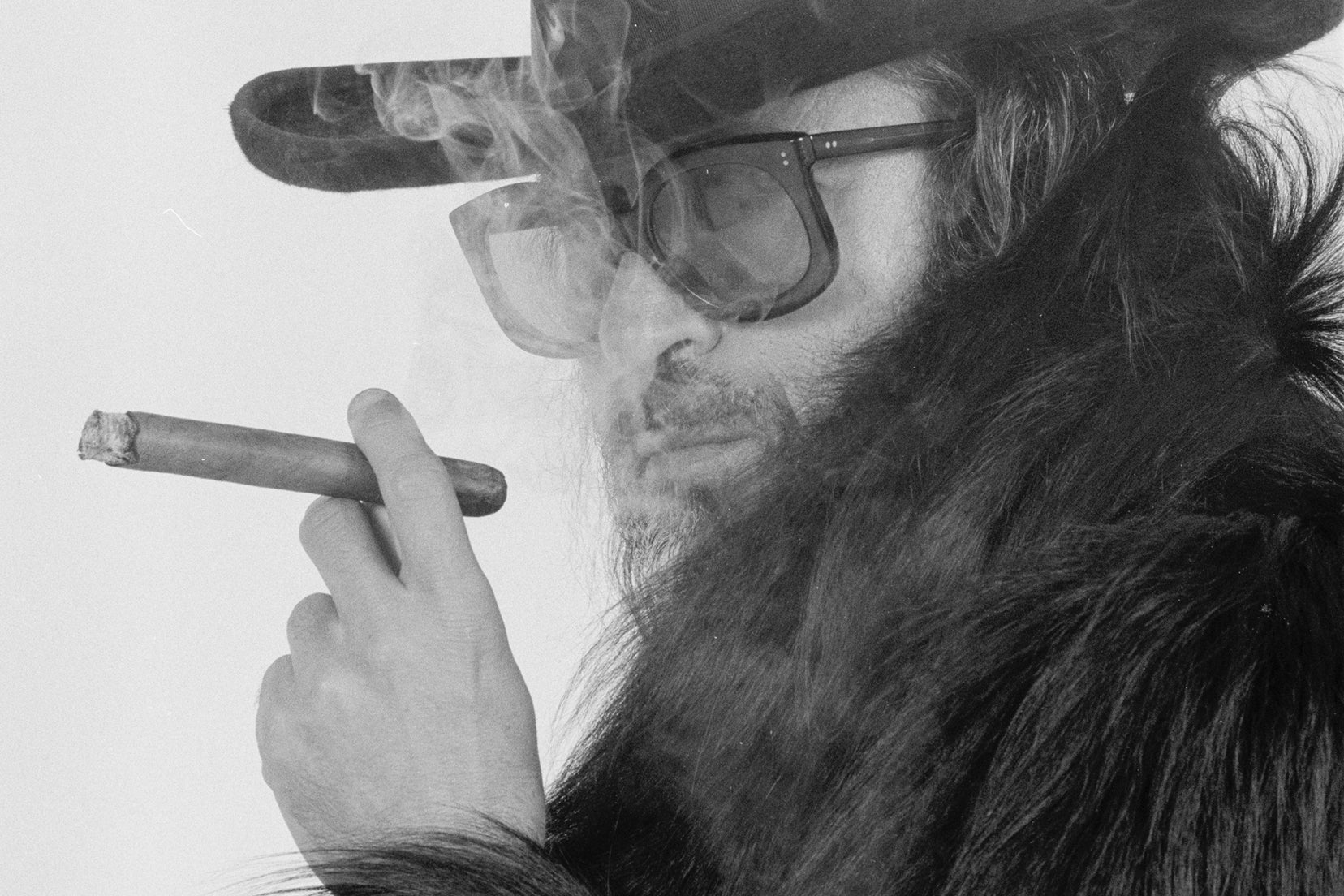
In the grand tradition of mythmaking, few twentieth-century partnerships were as brazen—or as culturally enduring—as that of Fernand Legros and Elmyr de Hory. One, a theatrical art dealer with a taste for the extravagant. The other, a refined and restless painter who became one of the most prolific art forgers in history.
In the grand tradition of mythmaking, few twentieth-century partnerships were as brazen—or as culturally enduring—as that of Fernand Legros and Elmyr de Hory. One, a theatrical art dealer with a taste for the extravagant. The other, a refined and restless painter who became one of the most prolific art forgers in history.
Together, Legros and Hory built an empire not of masterpieces, but of masterful fakes, infiltrating the world’s most prestigious collections with works signed “Matisse,” “Picasso,” and “Modigliani.” None were authentic, yet few were ever questioned.
Born in Egypt in 1931 to a French father and Greek mother, Legros was a self-styled aesthete who climbed the social ladder through charm, manipulation, and a certain cosmopolitan savoir-faire. He met Elmyr de Hory in the late 1950s on the French Riviera, where the Hungarian-born artist had taken to selling his paintings to tourists under various aliases. De Hory, whose real name was Elemér Albert Hoffmann, had studied in Budapest, Munich, and Paris, and possessed a rare ability to mimic the styles of early 20th-century modernists with convincing precision. What he lacked was commercial savvy. That’s where Legros came in.
Together with Legros’s partner and lover, Real Lessard, the trio created a highly profitable network, selling forged artworks to galleries, collectors, and even museums across Europe and the United States. De Hory produced; Legros sold. By the mid-1960s, their operation had allegedly moved more than a thousand counterfeit paintings into the art market. The ruse continued uninterrupted largely due to the persuasive force of Legros himself, who wielded his flair for spectacle like a weapon.
The unraveling began in 1967 when Spanish authorities, tipped off by a British television documentary, began investigating de Hory’s activities on the island of Ibiza. Though Legros and Lessard had already distanced themselves from the artist by then, the press frenzy surrounding the case drew global attention. It was around this time that journalist and novelist Clifford Irving arrived on the scene.
Irving’s 1969 biography Fake! chronicled de Hory’s exploits with a mix of journalistic detail and dramatic flair, casting the forger as a sympathetic antihero—a victim of circumstance whose frauds were, paradoxically, works of genius. The book became an international sensation and further mythologized the Legros-de Hory saga. Ironically, Irving himself would later be convicted of an audacious literary hoax: forging the autobiography of billionaire Howard Hughes and selling it to his publisher as authentic. The line between truth and artifice seems to have never been thinner.
Adding yet another layer to this story’s cinematic qualities, Orson Welles adapted de Hory’s tale into his final film, F for Fake (1974). A documentary-essay hybrid that blended real footage with fictional interludes, the film used de Hory’s story as a prism through which to examine authorship, authenticity, and the nature of art. Welles, the legendary filmmaker (and self-described charlatan), famously recounts one of Picasso’s most memorable idioms, “Art is a lie that tells the truth.” Few stories proved that point more provocatively than this one.
Legros, for his part, saw none of the literary or cinematic fame that surrounded his former associates. After years of legal battles and social exile, he died in obscurity in 1983. De Hory, facing renewed pressure from Spanish authorities, had taken his own life in 1976. Yet their legacy endures—not only in books and films, but in the lingering suspicion that still haunts the art world. Their scheme exposed the porous boundary between originality and imitation, showing how easily desire can override doubt when prestige is at stake.
In the end, Legros and de Hory were not merely criminals. They were cultural provocateurs who reminded the world that sometimes the most beautiful illusions are those we choose to believe.

WRITTEN BY JMM
#HISTORY